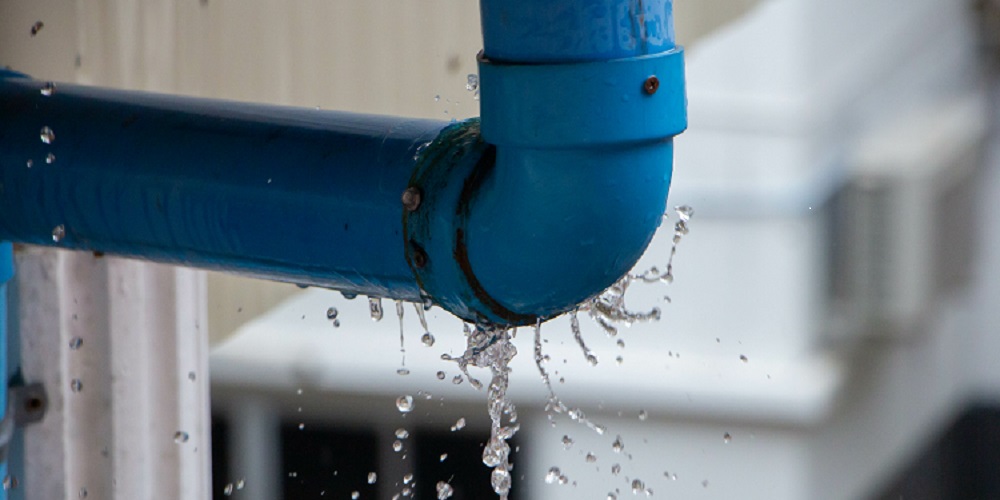Nearly everybody will have their personal opinion in relation to Finding hidden leaks.

Early detection of leaking water lines can mitigate a potential disaster. Some tiny water leaks might not be visible.
1. Check Out the Water Meter
Every house has a water meter. Examining it is a surefire way that aids you discover leaks. For starters, turn off all the water sources. Ensure no one will flush, utilize the tap, shower, run the cleaning equipment or dishwashing machine. From there, most likely to the meter and watch if it will transform. Considering that no person is utilizing it, there ought to be no movements. That indicates a fast-moving leakage if it relocates. If you find no adjustments, wait an hour or 2 as well as examine back once more. This means you may have a slow leak that could even be underground.
2. Check Water Consumption
If you find abrupt adjustments, despite your consumption being the exact same, it implies that you have leaks in your plumbing system. An abrupt spike in your costs suggests a fast-moving leak.
At the same time, a consistent boost on a monthly basis, even with the very same routines, shows you have a slow-moving leakage that's also gradually rising. Call a plumber to completely examine your residential or commercial property, particularly if you really feel a cozy area on your flooring with piping underneath.
3. Do a Food Coloring Examination
When it comes to water intake, 30% comes from toilets. If the color in some way infiltrates your dish during that time without flushing, there's a leakage between the storage tank and also bowl.
4. Asses Outside Lines
Don't neglect to examine your outdoor water lines as well. Examination faucets by attaching a garden hose pipe. Must water permeate out of the connection, you have a loose rubber gasket. Change this and also ensure all connections are tight. If you've got an automatic sprinkler, it will help get it skillfully checked out and also maintained yearly. One little leak can waste tons of water and spike your water expense.
5. Examine as well as Evaluate the Circumstance
Property owners ought to make it a habit to examine under the sink counters and also also inside cupboards for any type of bad odor or mold growth. These two red flags suggest a leak so punctual focus is called for. Doing regular assessments, even bi-annually, can save you from a major issue.
If you know your residence is currently old, keep a careful eye on your heating units, hose pipes, pipelines and so on. Look for discolorations as well as damaging as most appliances and also pipelines have a life expectancy. They will certainly likewise naturally wear away because of tear and also use. Do not wait for it to rise if you presume leaking water lines in your plumbing system. Call a professional plumber right now so you don't wind up with an awful mess in your house.
Early detection of leaking water lines can reduce a prospective calamity. Some small water leaks may not be visible. Checking it is a guaranteed method that assists you find leaks. One tiny leak can squander lots of water as well as spike your water expense.
If you suspect leaking water lines in your plumbing system, do not wait for it to escalate.
How to Know If Your Home Has a Hidden Leak
Water Meter Reveals Inexplicable Water Usage
If you’d like to test whether or not there’s a leak somewhere in your home, you can do this using your water meter. Here is how to conduct the test:
Don’t use any water in your home for at least 30 minutes; this also means not turning on faucets or water-using appliances.
Go outside, and check your water meter for activity.
If your water meter shows that there was activity, even though no one was using any water, this proves that there is a leak in your home.Visible Mold or Mildew Growth
Leaks behind walls create moist, dark environments that allow mold and mildew to grow and thrive. Eventually, you might see mold growth forming on the wall closest to a hidden leak.
If mold is growing in an area that receives a high amount of moisture, such as a bathroom, it may simply be an indication that better ventilation is needed. However, if you see mold growth on a wall or the ceiling in an area where you would not expect, you probably have a hidden leak.
Musty, Mildew Odor
Sometimes you might not be able to see the mold or mildew that is growing as a result of a leak. However, the smell can give the problem away just as easily. If you catch a whiff of something musty, there’s a good chance that old water is collecting somewhere in your home that you can’t see.
Stained/Warped Walls, Ceilings, or Floors
When your home soaks up water, a variety of red flags can become visible, including ceiling stains, bubbling drywall, warped walls, and sagging floors. While these issues can be caused by excess humidity, they can also be signs that a pipe or plumbing connection has started leaking behind your walls.
Inexplicably High Water Bill
After a while, you get a general sense for what your water bill should be. If you own a pool or sprinkler system, your bill will tend to be higher during summer. However, if you receive a water bill that seems especially high, and you can’t figure out what caused it, then you may have a hidden leak somewhere that’s increasing your bill.
https://www.plumbingjoint.com/blog/2019/july/how-to-know-if-your-home-has-a-hidden-leak/

Hopefully you enjoyed our article about Locating water leaks. Thanks so much for finding the time to browse our post. Liked our piece of writing? Please share it. Help other people check it out. Thanks a bunch for your time. Don't forget to stop by our blog back soon.
For true quality, dial!